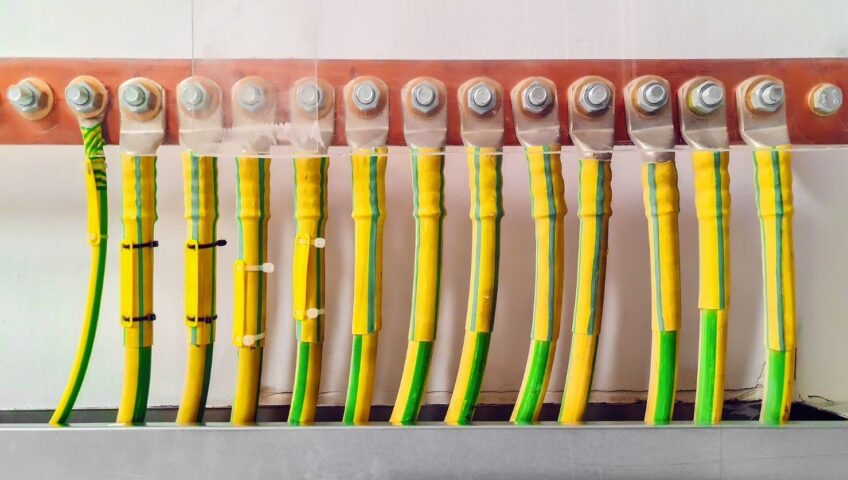In the world of electricity, safety is paramount. Whether you’re a homeowner, electrician, or business owner, understanding the importance of correct grounding and bonding is crucial to creating a safe electrical environment. In this blog post, we’ll delve into the significance of these two aspects and explore why they form the essential safety net in electrical systems.
Understanding Grounding:
Grounding is the process of connecting electrical systems to the ground or earth. It serves as a safety measure by providing a pathway for electric current to flow safely into the ground in the event of a fault. The primary objectives of grounding include:
- Fault Current Pathway:
- Grounding ensures a low-resistance path for fault currents to flow, facilitating the operation of overcurrent protection devices like circuit breakers and fuses.
- Stabilizing Voltage:
- Grounding helps stabilize voltage levels, preventing fluctuations that could damage sensitive electronic equipment.
- Lightning Protection:
- Proper grounding is essential for diverting lightning strikes away from structures, preventing potential fire hazards.
The Role of Bonding:
Bonding involves connecting metal parts of an electrical system to ensure they are at the same voltage potential. This is critical for several reasons:
- Preventing Voltage Potential Differences:
- Bonding prevents dangerous voltage potential differences between conductive surfaces, reducing the risk of electric shock and fires.
- Equipment Grounding:
- Bonding connects non-current-carrying metal parts of electrical equipment to the ground, creating a safe path for fault currents.
- Ensuring Equipment Reliability:
- Bonding contributes to the reliable performance of electrical equipment by preventing corrosion and damage caused by stray currents.
Common Grounding and Bonding Mistakes:
- Inadequate Grounding:
- Some installations may have insufficient grounding, compromising the effectiveness of the electrical safety net.
- Lack of Continuity in Bonding:
- Poorly connected or interrupted bonding paths can lead to unreliable performance and increased safety risks.
- Ignoring Equipment Grounding:
- Neglecting to bond metal equipment to the ground can result in a lack of protection during faults.
Compliance and Regulations:
- National Electrical Code (NEC):
- Following the guidelines outlined in the NEC ensures that grounding and bonding are done correctly and safely.
- Regular Inspections:
- Periodic inspections of grounding and bonding systems help identify and rectify issues before they pose serious risks.
Correct grounding and bonding create a robust electrical safety net, safeguarding lives and property. Whether you’re a homeowner, business owner, or electrician, prioritizing these fundamental practices ensures the resilience and reliability of your electrical systems. Stay informed, follow regulations, and invest in the safety of your electrical infrastructure to create a secure environment for everyone. Remember, in the world of electricity, safety is not an option – it’s a necessity.

